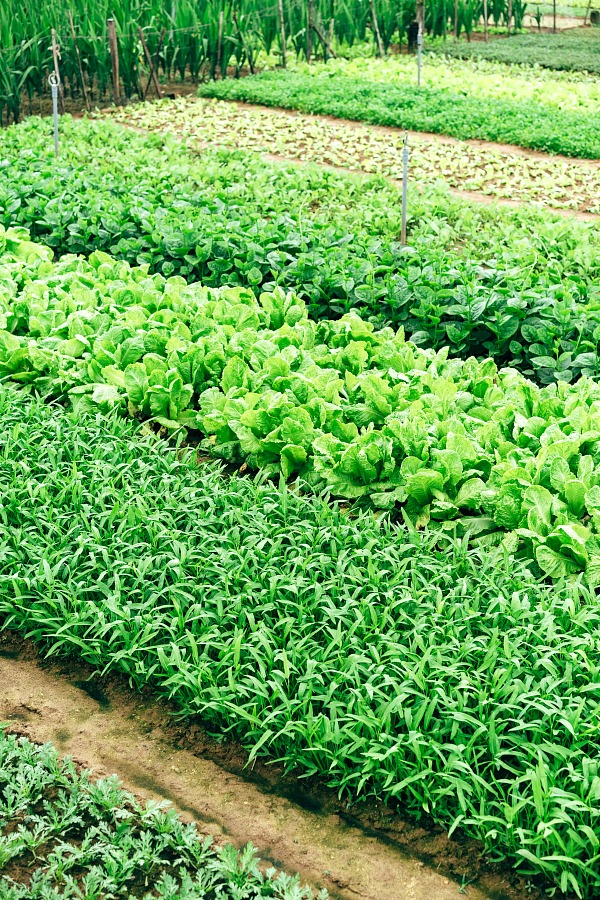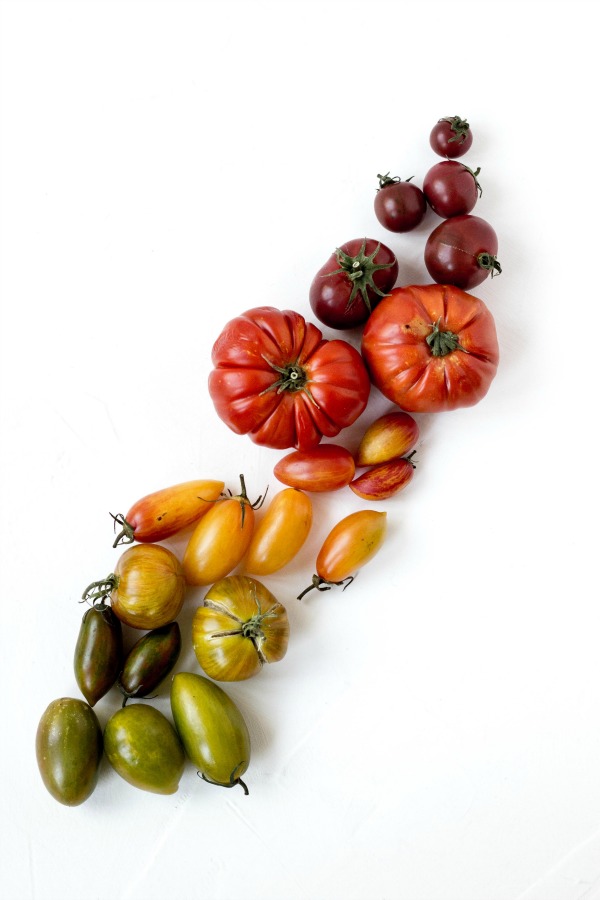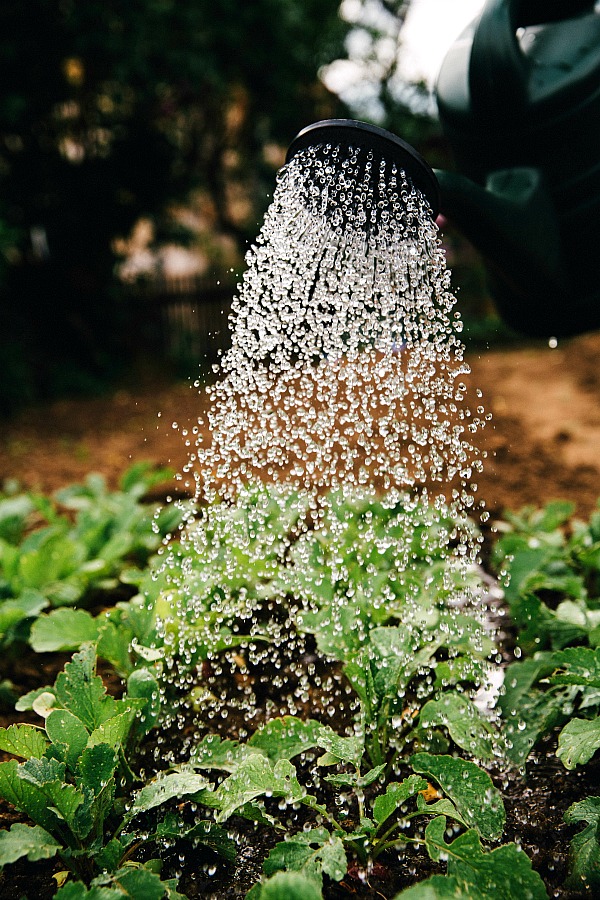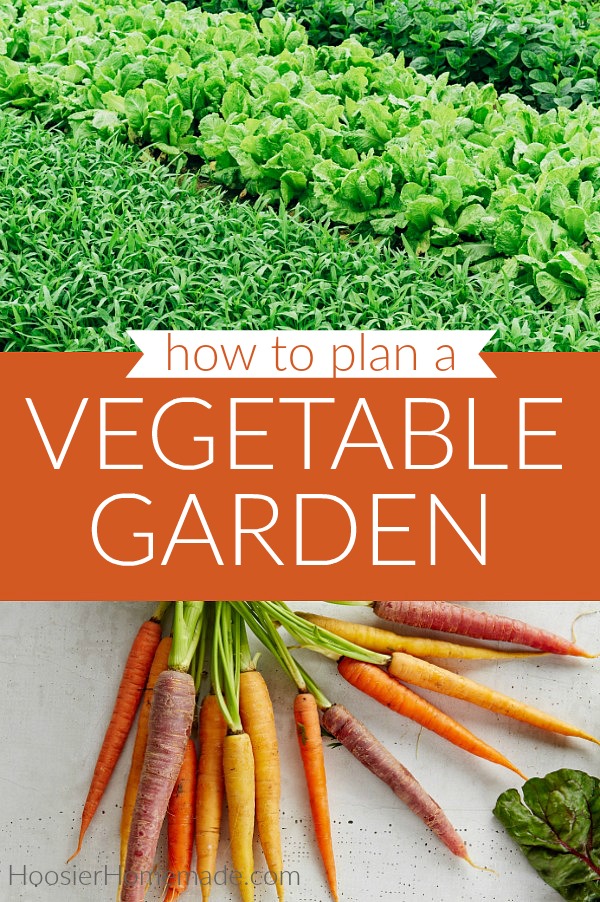Planning a Vegetable Garden

With Spring just around the corner now is the time to start planning a vegetable garden. With the right planning, there is almost no such thing as a bad garden location. A properly designed garden can be as much a part of your living space as the rest of your yard and will repay your efforts with gorgeous vegetables year after year. But without some advanced thought, you could end up with a big mess on your hands and leave you frazzled and ultimately give up.
Where to Locate your Garden
Location matters for a garden, it is possible to fix soil problems like poor drainage, low nutrients, and soil compaction and have a nice garden. But it’s much easier in the long term to locate your garden in the best location you can find.
Look for any area that has as many of the following characteristics as you can find.
- 6 plus hours of direct sunlight
- good soil drainage
- oriented on a north-south direction
Deciding the Size of your Garden
Smaller garden areas tend to be easier to maintain. An average-sized adult has a reach of three foot so to make pulling weeds and harvesting the produce easier for yourself never make your garden beds wider than 5 foot. Three – 5 x 20 feet garden beds are enough area to grow fresh vegetables to feed a family of four.
If you are interested in growing sweet corn or garden space hogs like pumpkins you’ll need to expand your garden beds to 10 x 30 feet. It’s always easier to expand a garden than realize too late that you have bitten off more than you can chew.
Deciding What to Grow
Deciding what to grow starts by making a list of the vegetables that you eat most frequently and the approximate amount that you use each week. Here is where you can find How much you should Plant. Next, you will want to do some research on the varieties of the vegetables you decide to grow. Order some free garden catalogs and look for information such as the space needed for each plant, disease resistance, and specific varieties that perform well in your location.
Vegetables need 3 things to grow
- Sunlight
- Moisture
- Soil
Ways to Increase Your Gardens Yield
Companion Planting
Companion planting is important since there are both positive and negative effects caused by planting certain vegetable adjacent to each other. Not everyone agrees that these effects are true and not all are proven, but as a general rule, they work. An example of a common companion planting partner is interplanting bush beans with carrots and beets.
You can also use companion planting within your landscape beds. If you grow roses try planting garlic next to them. It will help repel Aphids, Japanese Beetles, Mites, Deer and Rabbits. You can see more examples of Companion Planting in this Companion Planting Guide.
Succession Planting
Plan ahead when using this method. This is a great way to double your yield of short-season crops like lettuce and even broccoli. Keep in mind to observe proper crop rotation. Most people don’t realize that planting in succession counts as a rotation and doubling up in the same year can increase your problems with diseases and insects even faster.
Crop Rotation
When discussing crop rotation it’s best to remember opposites. There’s not a doubt that plants affect other plants, see the Companion Planting Guidelines for more information. You will need to learn to rotate crops to meet the nutrient requirements as well as minimize potential pests and diseases.
Guidelines to develop your crop rotation system
- Leave at least four years between planting members of the same plant family in the same spot.
- Follow heavy feeders such as corn and squash with light feeders such as beans, beets, and peas.
- Follow deep-rooted crops like broccoli with shallow-rooted crops such as onions.
Here is an example of a 4-year Vegetable Rotation.
Plant Timing
There are two areas involving the discussion of planting times, the initial planting date and any successive planting dates. Let’s talk about the general information you will need for both these discussions first.
The information you will need before you start to plan your planting dates are the days to maturity and the frost-free date for your location. The days to maturity can be found in the seed catalog or on the seed packet when you purchase your seed in store.
There is some confusion as to if the days to maturity countdown starts at seeding or at germination. Let the published DTM (days to maturity) be a rough guide since weather and planting date conditions (early spring vs early summer) play a considerable role in the maturity of garden vegetables. This is the reason you will find many times that seed suppliers will provide a range of several days for some plant varieties.
It’s important to know the frost-free date for your locale. You should plan the planting of tender frost-sensitive plants until after the frost-free date for your area.
Learn How to Build a Raised Bed Cover to protect your plants from a frost!
Some Common Frost-Sensitive Plants
- lettuce
- tomatoes
- peppers
- eggplant
- cucumber
- squash
- green beans
Adjusting Days to Maturity of Transplanted Vegetable Plants
General Rule of Thumb is to subtract 10 to 20 days from the DTM (days to maturity) listed for the variety you are planting. As you become more experienced with gardening you will learn how each plant species reacts to transplant shock and the effect it has on its maturity date. Along with the knowledge of how long you have to harvest the crops when they reach maturity.
Well, that covers Planning your Vegetable Garden. Next, we’ll be discussing the best ways for Designing a Garden.
Join the discussion below and leave any questions you have as you journey through the world of Home Gardening!





I appreciate this article, Douglas. Especially the part about not biting off more than you can chew, but expanding later. If you are new to gardening, this is such an important point. The idea is to build on smaller successes rather than getting overwhelmed, which is what we all know can happen!
Thanks again for the concise guide.
~Willow